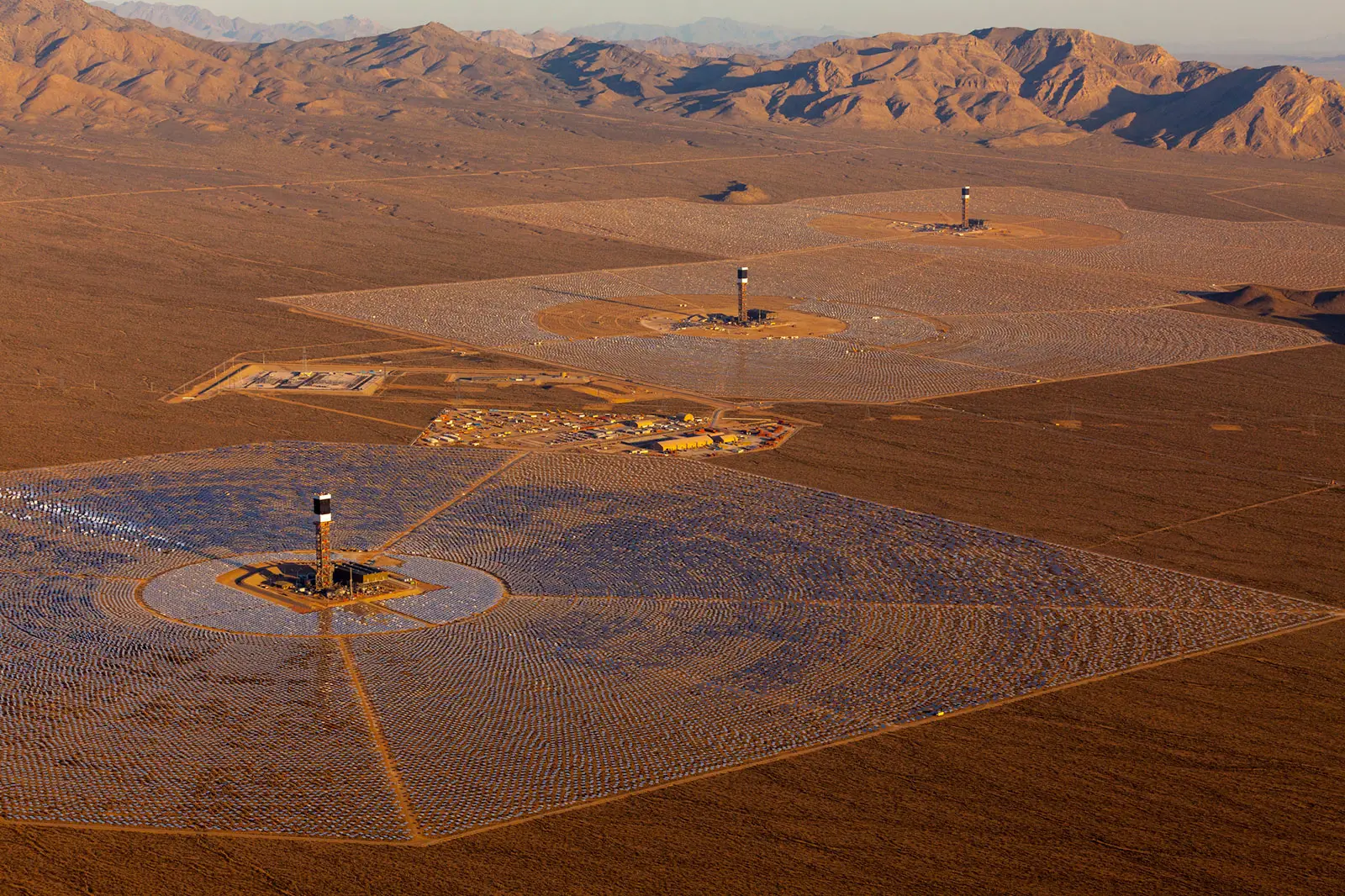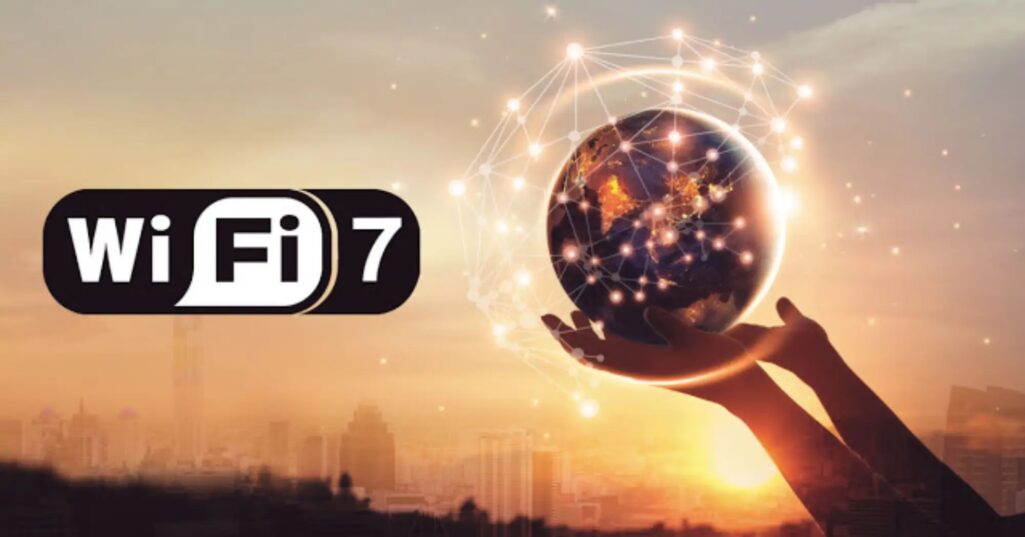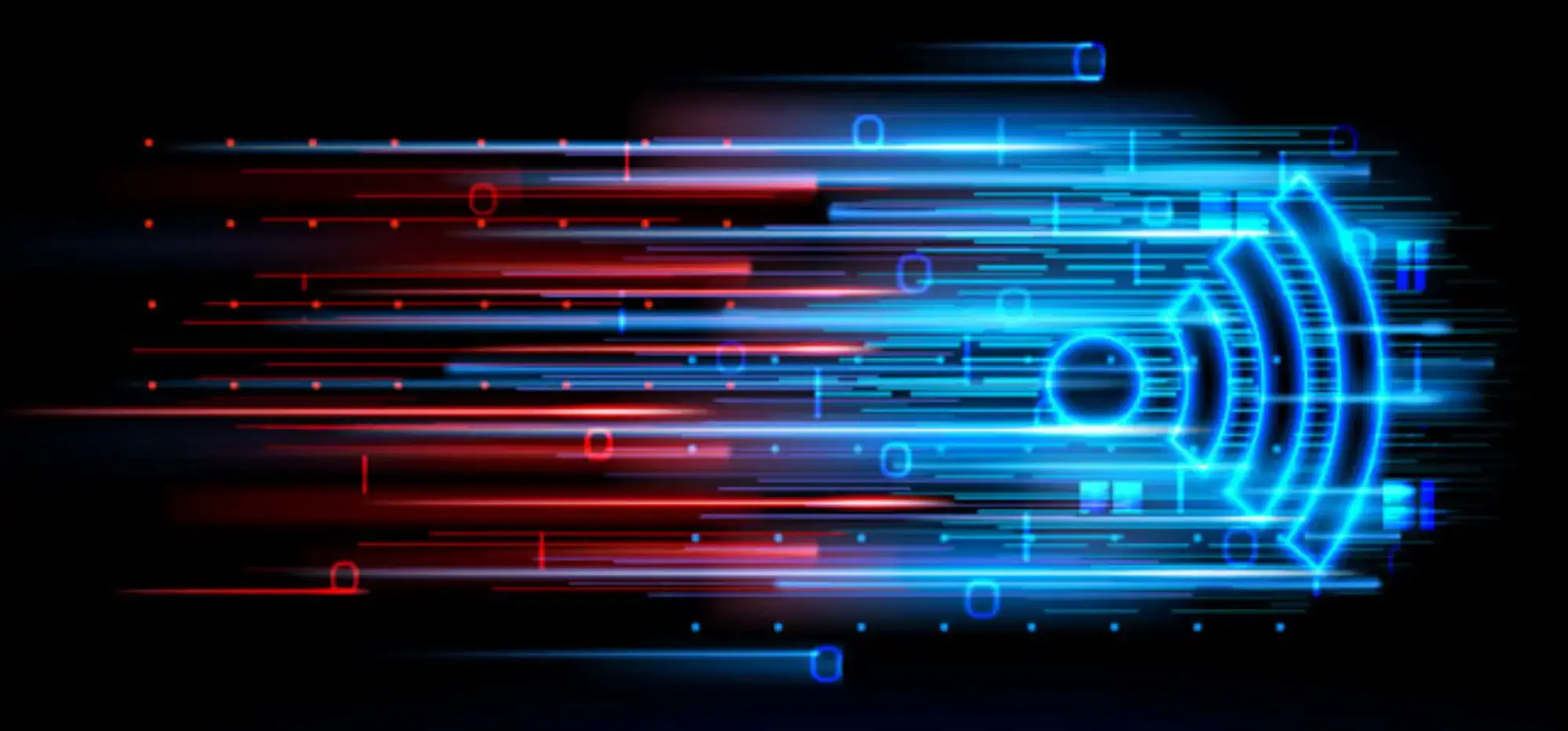Imagine if we could not only harness the power of the Sun but use it to power the entire planet?
Though this seems like a far-fetched reality, let us understand the technology that maybe one day could bring this image to our eyes.
Concentrated solar power (CSP) has the potential to do this – using arrays of rotating mirrors called heliostats, the Sunlight is reflected into a massive receiver; which heats the receiver, this heat leads to electricity generation.
Although we may think of solar-related technologies as expensive, the cost of replicating these Sunlight Refineries is falling thanks to recent technological advances. Solar energy will soon be cleaner and cheaper than fossil fuels, which could mean the adoption of such technologies on a global scale.
What is CSP?
Concentrated solar power (also known as CSP) systems generate solar energy by using mirrors or lenses to concentrate a huge amount of sunlight onto a receiver. Electricity is produced when the concentrated light is converted into heat (solar thermal energy) that drives a heat engine, which is usually a steam engine coupled to an electrical power generator.
The concentrated solar plant comprises of thermal storage, steam generator, steam turbine, cooling tower, and solar concentrator. The solar field comprises solar concentrators; each concentrator is directed towards the Sun so that energy can be collected and concentrated in the receiver.
Air is then drawn from the surroundings through the receiver, where it is heated to 800 degrees Celsius, and the heated air is then collected from each concentrator into a single hot air transport pipe and leads to thermal storage and steam generator.
Typically, these concentrated solar thermal production systems are implemented in large-scale projects for utilities.
Smaller CSP systems can be set up precisely where they are needed. Single dish/motor systems can provide anywhere from 5 to 25 kilowatts of electricity, making them ideal for scattered applications.
Solar Collectors
There are two types of solar collectors
Flat Solar Collector
Flat panel solar collectors are probably the most basic and studied technology for solar hot water systems. The overall idea of this technology is very simple. The Sun heats a dark flat surface that collects as much energy as possible, and then this energy is transferred to the air, water, or another fluid for further use.
It typically comprises of a sizable heat-absorbing plate that has been painted or chemically etched black to absorb as much sunlight as possible for maximum efficiency. Copper and aluminum are both good heat conductors.
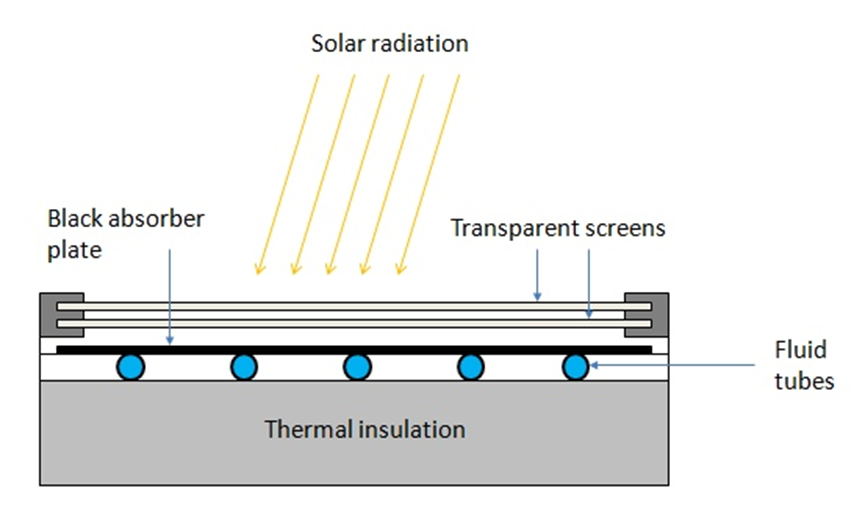
Concentrated Solar collector
Concentrated Solar collectors are of few types and are mainly used in concentrating solar power systems to collect light from the Sun and reflect it to a receiver. Since this article is about concentrating solar power systems, we will look at it in depth ahead.
Types of solar concentrator systems
Most commonly, there are four recognized types of Solar concentrator systems used in CSP –
Parabolic trough
Curved reflectors in the parabolic trough devices utilized here concentrate solar energy onto a receiver tube that runs through the middle of the trough. Solar energy is captured in the receiver’s tube, where it is heated to a temperature of 750°F or greater by a very high-temperature heat-transferring fluid (such as synthetic oil), which subsequently heats water to create steam. Following that, energy is produced using steam using a steam turbine power system.
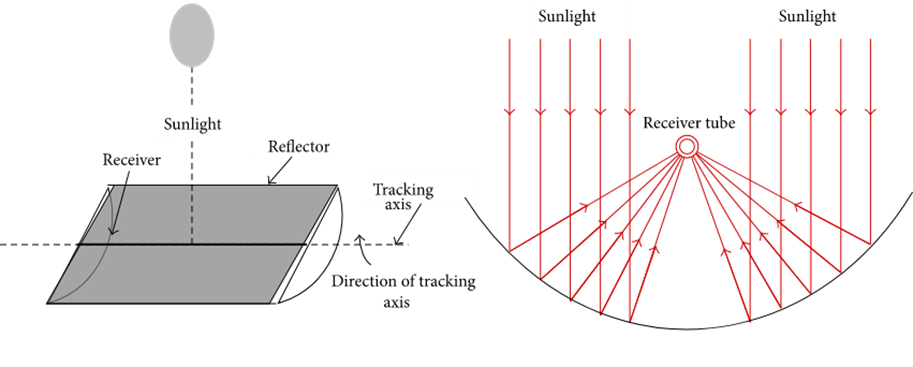
Compact linear Fresnel reflector
When compared to trough systems’ curved reflectors, CLFR’s long parallel rows of cheaper flat mirrors achieve the same results while being far more cost-effective. These modular reflectors concentrate sunlight onto elevated receivers comprising a network of tubes through which water flows. In order to generate electricity and use steam in various industrial processes, water is boiled in a solar concentrator, which focuses the sun’s rays into a smaller area.
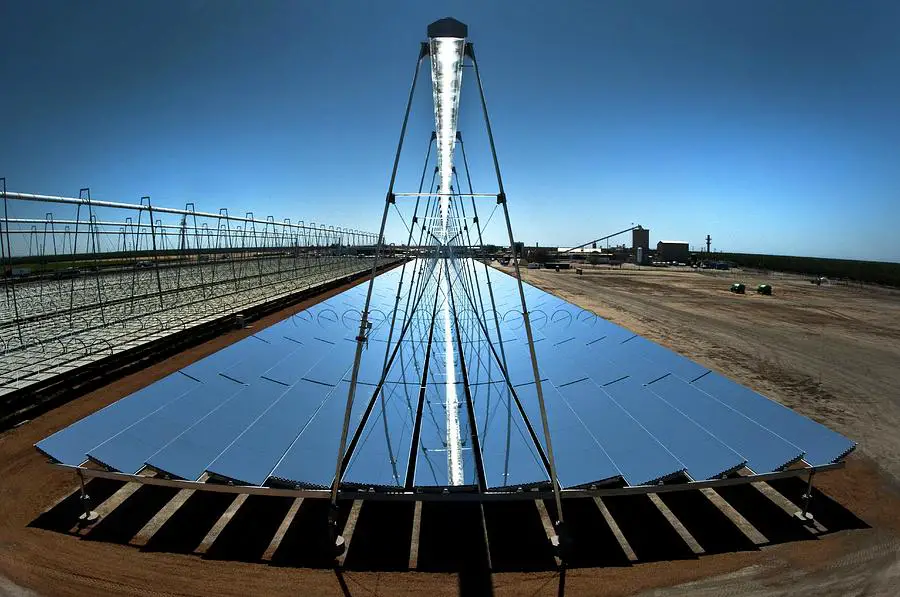
Dish-Engine
Solar dish/engine systems convert the energy from the Sun into electricity at very high efficiency. Then using a mirror array formed into the shape of a dish, the solar dish focuses the Sun’s rays onto a receiver. The receiver transmits the energy to an engine that generates electric power.
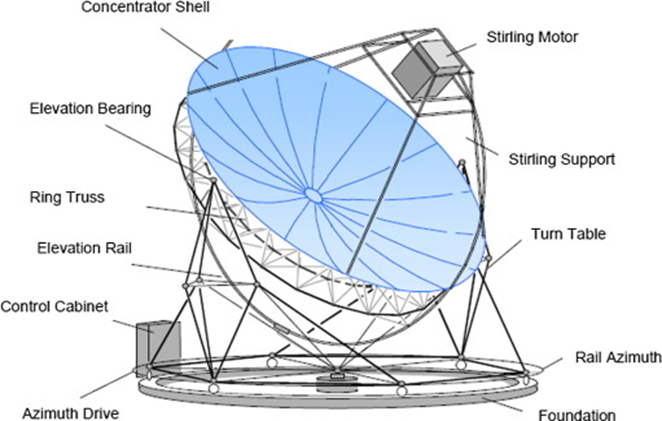
Power Tower
A solar power plant, also known as a “heliostat” power plant, is a type of solar furnace that uses a tower to receive concentrated sunlight. It uses a series of flat, movable mirrors (heliostats) to focus the Sun’s rays onto a collector tower. These Computer-controlled mirrors, called heliostats, then track the Sun along two axes and focus the Sun’s energy onto a receiver atop a tall tower.
The focused energy is utilized to heat the transfer fluid to above 1000°F in order to create steam and run the central power generator. These projects can also implement the energy storage function cheaply and effectively, providing 24-hour power generation. The two major parts of the system are the solar concentrator and the power conversion unit.
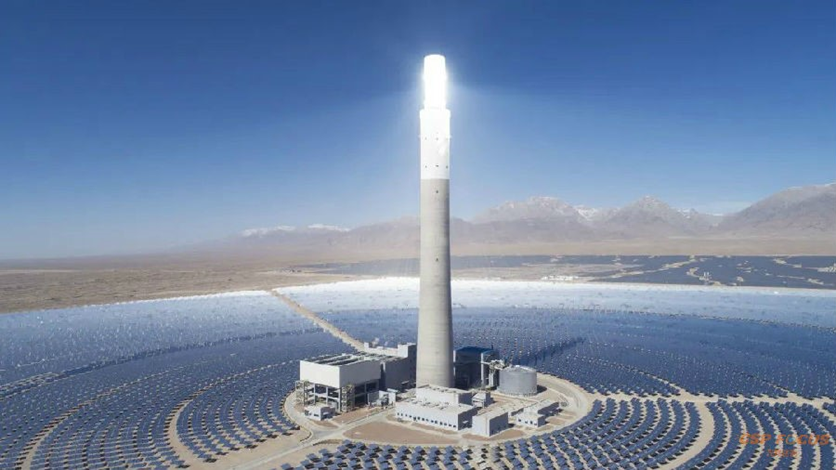
Working procedure of a CSP?
Let us take an example of the Power tower system of CSP to understand how these systems work in detail.
So, concentrated solar power uses thousands of mirrors to reflect and concentrate sunlight into a central point to produce heat, which in turn is used to generate electricity. More than ten thousand tracking mirrors, called heliostats, are located in a four-square-mile field, where they reflect and focus sunlight into a large heat exchanger called a receiver, which sits atop a five-hundred-foot tower.
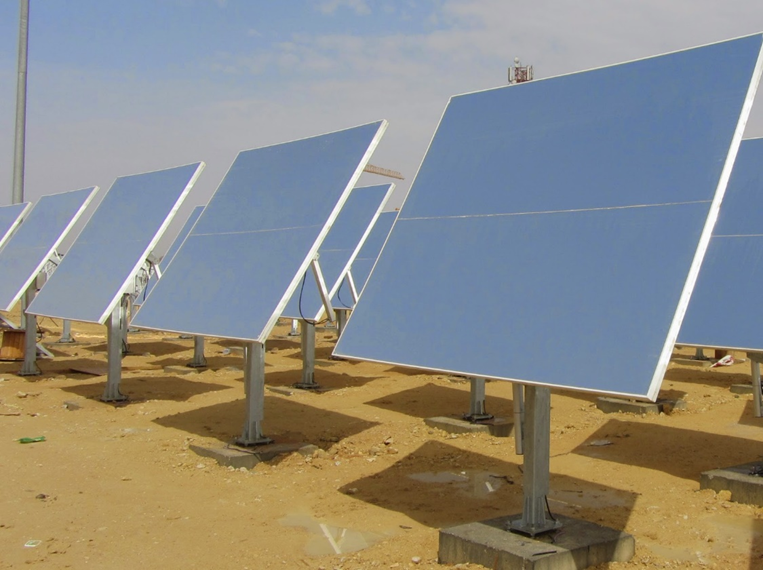
Inside the receiver, fluid flows through pipes that form the outer walls; this fluid absorbs heat from concentrated sunlight. In this method, molten salt that has been heated to temperatures between 500 and 1,000 degrees Fahrenheit is employed as the fluid.
Molten salt used here is an ideal heat capture medium as it maintains a wider range of operating temperatures in the liquid state, allowing the system to operate at low pressure for superior and safe energy capture and storage after passing through the receiver.
How is CSP Energy Stored?
In a thermal storage tank, where energy is held as high-temperature molten salt until electricity is required, the molten salt flows via pipes inside the tower. This technology uses liquid molten salt as an energy collection and storage mechanism, allowing energy collection to be decoupled from electricity generation.
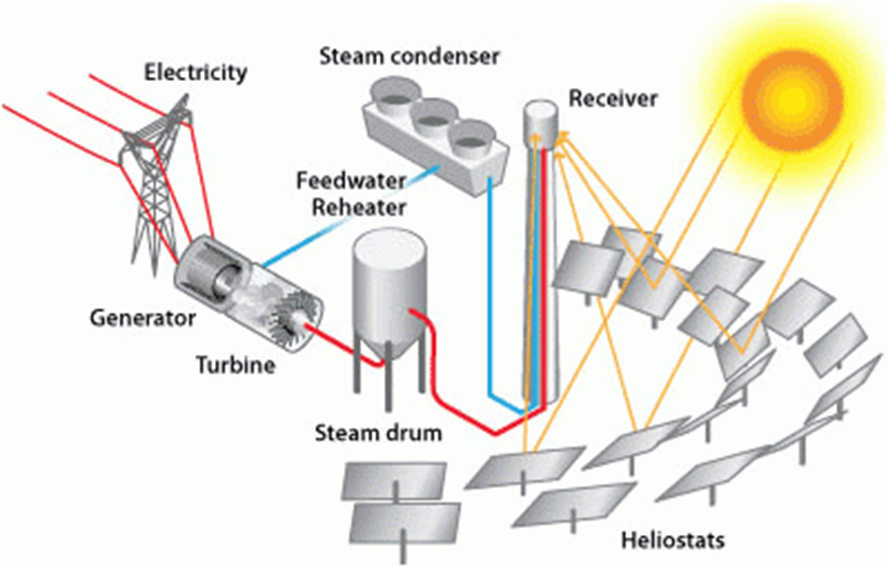
As water is routed from the water reservoir to generate steam, the high-temperature molten salt also flows into the steam generator. Once this hot salt is used up to create steam, the cold molten salt is then piped back to the cold salt reservoir, where it flows back to the receiver, where it is reheated as the process continues after the steam is used to power the steam.
The turbine condenses to water and then returns to the water tank, which flows back to the steam generator when needed.
The method for creating steam is the same as that employed in traditional gas-fired coal or nuclear power plants, with the exception that it is entirely renewable and produces no waste or hazardous emissions.
Even after sundown, these plants continue to deliver dependable electricity on demand from the renewable energy of the Sun.
Advantages and disadvantages of CSP
Advantages –
Clean and Renewable :
CSPs are primarily found in desert locations where space and sunlight are abundant, so one advantage of solar thermal energy production is that it is a clean and renewable energy source. It uses free-form fuel.
Low maintenance:
Most solar thermal systems are also low maintenance because they use simple technologies.
Large Scale production:
CSP has other advantages and disadvantages; the technology’s ability to produce large-scale production is advantageous for regions that use centralized electricity distribution systems.
Disadvantages –
Large land requirement and dependence on time :
However, the nature of solar radiation can cause problems when using solar thermal systems. Sunlight is not a very concentrated energy source, so producing a reasonable amount of energy can take a large area, which is common efficiency and, in some cases, intermittent land use, and its availability depends on place and time.
Expensive energy transmission –
A key disadvantage of CSP is that facilities are commonly located in remote desert areas, as steam turbines are required to generate electricity, and access to water and evaporation is concerned with the technology’s viability. In addition, the transmission of electricity over long distances is expensive and can lead to distribution losses.

In the past, this was an advantage over solar PV systems. However, innovations in photovoltaic technology challenge this notion.
Finally, practical challenges such as initial capital costs and awareness can also be barriers to implementing all forms of solar thermal technologies.
How do the construction and operation of solar thermal power plants affect the environment?
A very low environmental impact characterizes solar thermal power plants. In particular, greenhouse gas emissions are relatively low during the entire life cycle.
On Earth, the requirement roughly corresponds to the requirements of large photovoltaic systems. In the process of newer power plants, dry cooling significantly reduces water consumption. Effects on flora and fauna are small, and only very small amounts of pollutants need to be disposed of safely.
In addition to this, solar thermal power plants have a long service life of up to 40 years.
What are the socio-economic implications of using this technology?
The peculiarity of solar thermal power plants concerning socio-economic effects is their geographical location. Since they are mostly located outside metropolitan areas, they offer a development perspective, especially in regions with a weak economic structure. In addition to indirect and direct jobs, it also creates induced employment effects.
Future prospects and How innovations can further reduce costs?
It is expected that the cost of generating electricity for baseload CSP systems can be halved to around five US cents per kilowatt-hour by 2030 through technical innovation.
More efficient cycles of power plants and new types of heat-carrying media will contribute to this. In addition, the investment costs of solar collectors can be significantly reduced by savings in the logistics of mass production and assembly and by improving the optical quality and alignment.
Some CSP plants around the world
The largest concentrated solar thermal plant in the California desert is the Ivanpah Solar Electric Generating System, located in the Mojave Desert.
The thermal plant is located at the base of Clark Mountain in California. This facility can produce 392 megawatts of clean electricity, which is enough to power around 94,400 average American Homes. Under long-term power purchase agreements, Pacific Gas & Electric and Southern California Edison Company will each receive around two-thirds of the power.
BrightSource Energy and Bechtel developed it. This project is the largest solar thermal power plant in the world.
It deploys around 173,500 heliostats, and each with two mirrors focuses solar energy on boilers located on three 459 ft tall solar power towers. Mirrors are used to concentrate sunlight which then creates steam that gets converted to electrical power. The receiver generates steam to drive specially adapted steam turbines.
In terms of life span, as long as you can avoid physical damage, solar panels will continue to produce energy for many years.

Conclusion
Solar thermal power plants are still in their infancy. Approximately 100 such power plants worldwide have a total capacity of 6.2 gigawatts.
But with the advent of continuous research and innovation, the huge untapped potential of these Concentrated Solar Power Systems can be unleashed and be utilized by and for our civilization, and maybe one day; we could see these systems being the pioneer of sustainable renewable energy sources that could run the entire planet.

